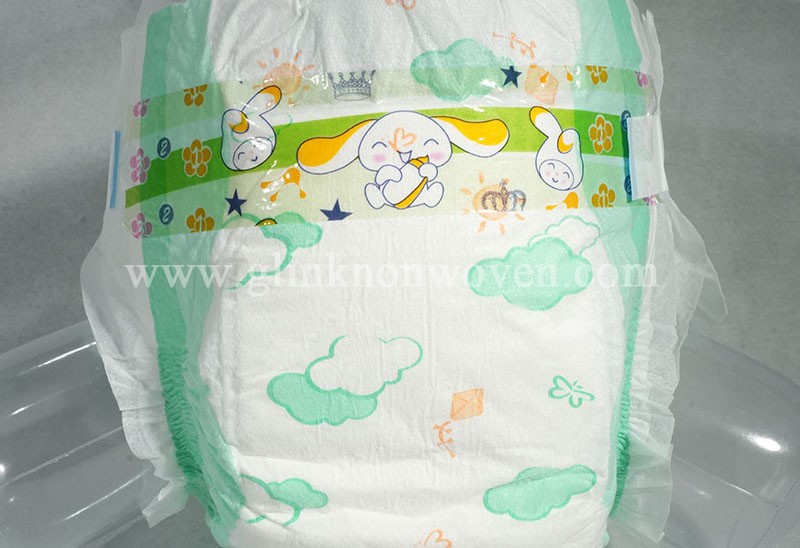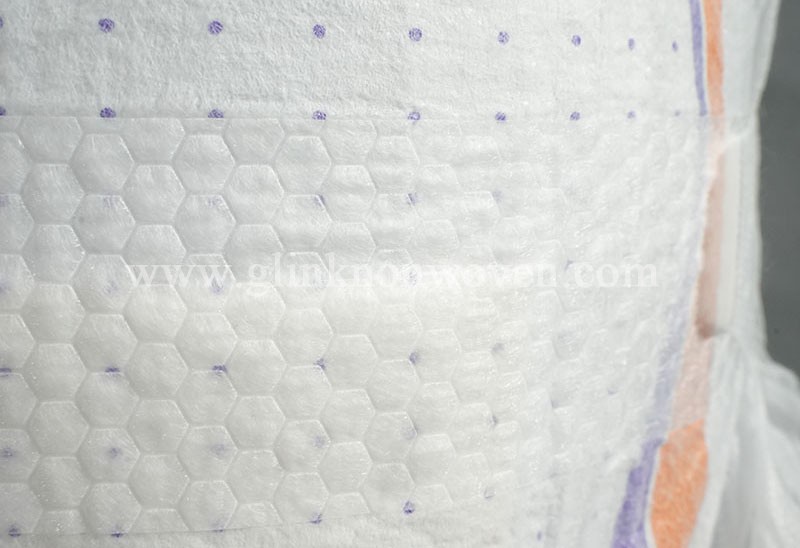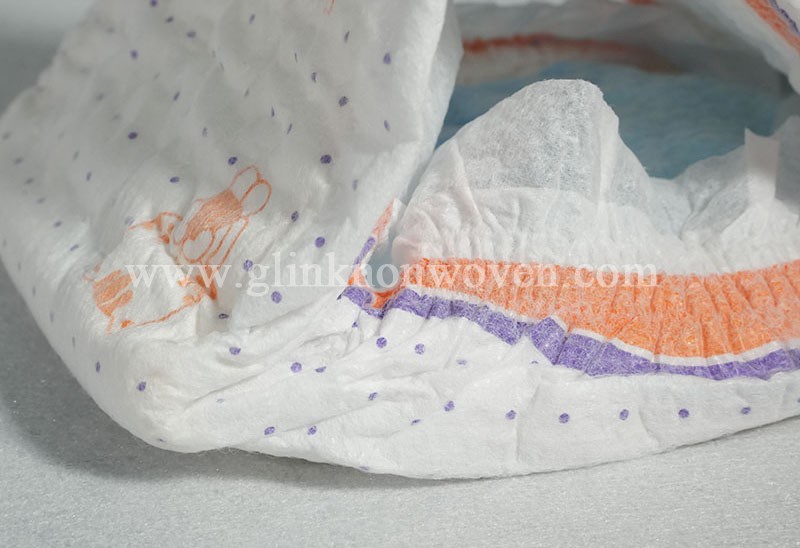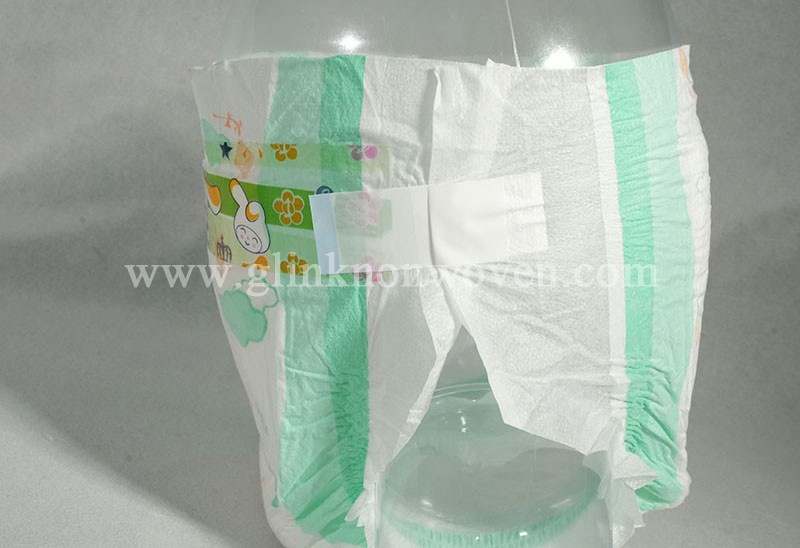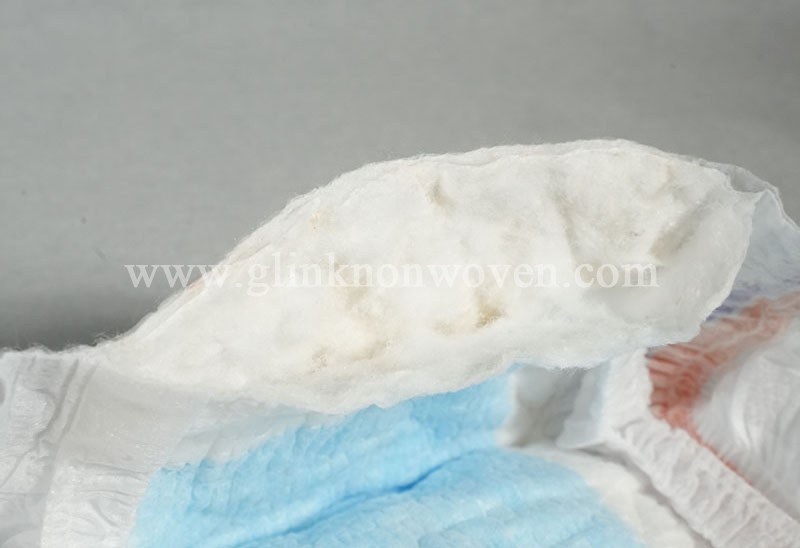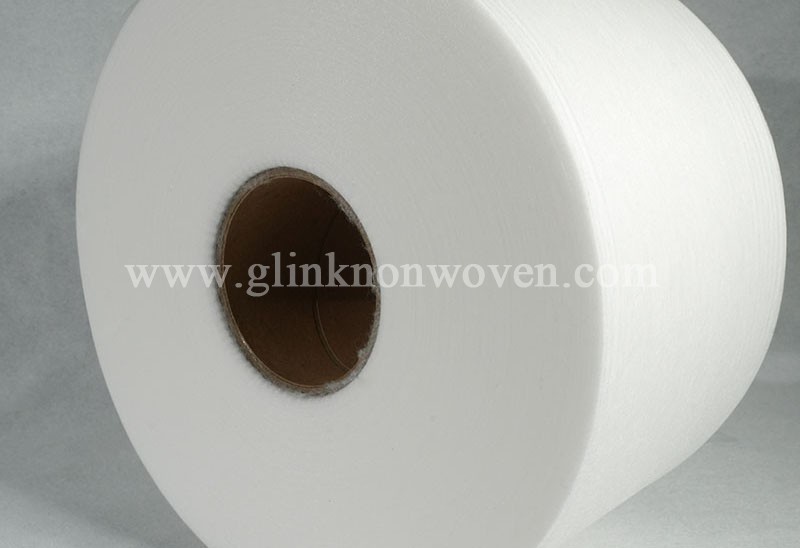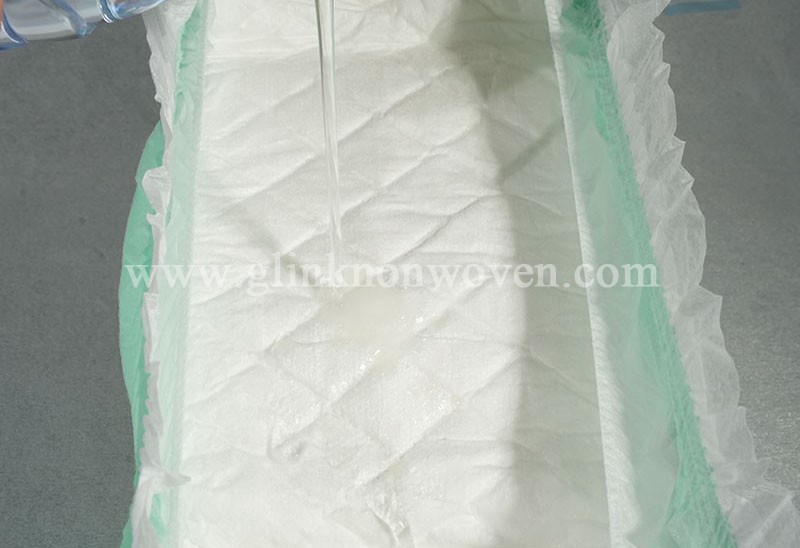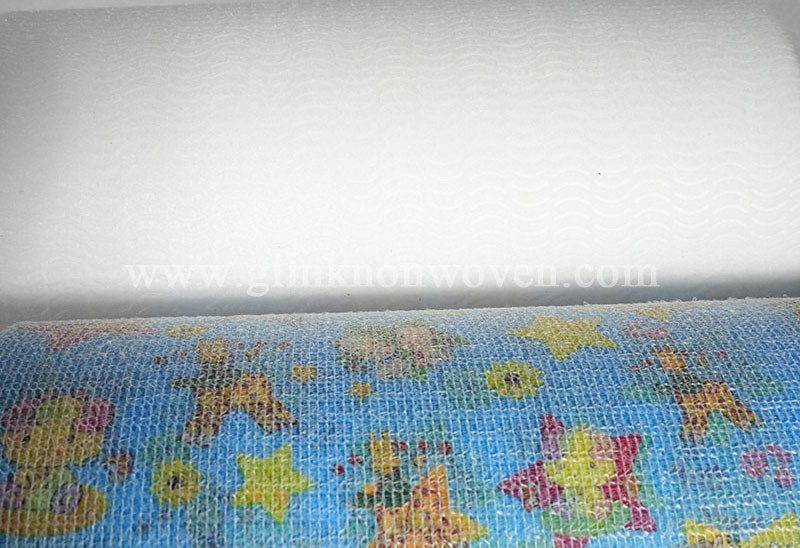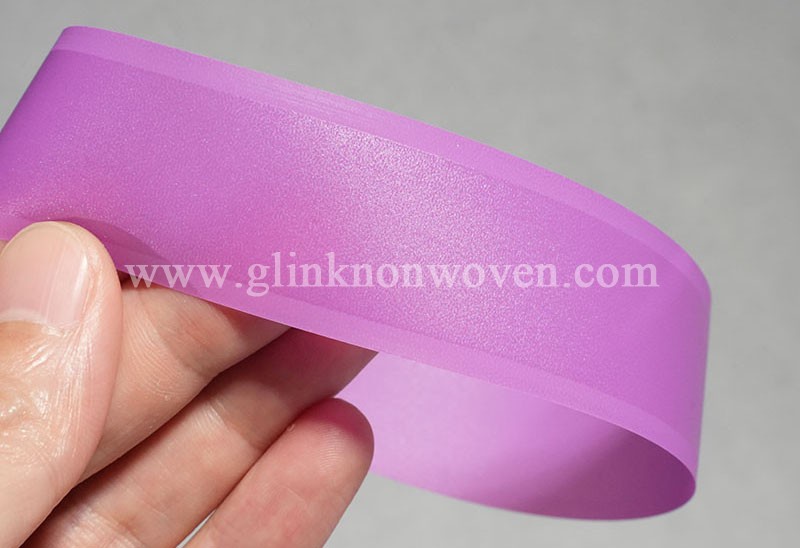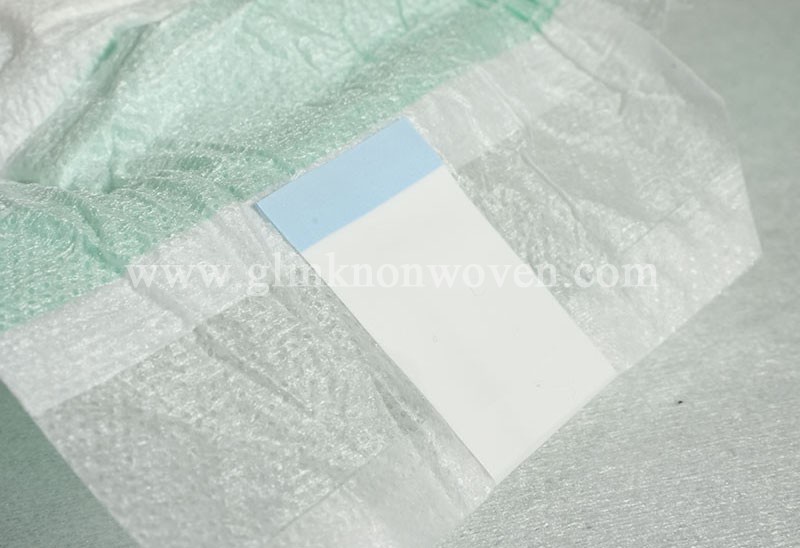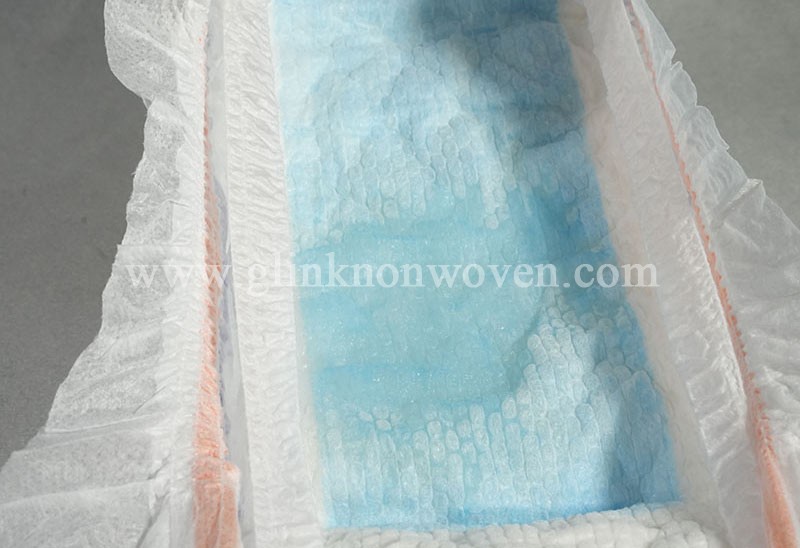How to choose adult diapers? What raw materials of adult diapers should be paid attention to?
Jan 02, 2025
When choosing an adult diaper, you need to pay attention to the following aspects, including comfort, absorbency, breathability, material safety, etc. The following are some specific selection criteria and raw materials of adult diapers that need attention:
1. Absorbency
Absorbent layer material: The absorbent layer of diapers is generally composed of polymer absorbent material (SAP, Super Absorbent Polymer) and wood pulp. SAP can quickly absorb and lock liquid, keep the skin dry, and reduce urine reverse osmosis.
Absorption rate: When choosing, you should consider its absorption rate, especially for adults with severe incontinence symptoms. The absorbent layer needs to be able to absorb urine quickly to avoid leakage or eczema.
2. Comfort
Softness: The surface and lining of adult diapers need to be soft and comfortable to avoid friction with the skin and prevent skin discomfort or damage caused by long-term wear. Generally, spunbond nonwoven fabric or hot air nonwoven fabric is used as the surface layer.
Elastic design: The waist and leg design should be elastic enough to fit the body better, provide comfort, and reduce urine leakage caused by inappropriate tightness.
Seamless design: Seamless or smooth seam design can reduce friction and discomfort, and avoid skin damage, especially for the elderly or users with sensitive skin.
3. Breathability
Breathable film: The outer layer of diapers usually uses breathable materials to help keep dry. When choosing, you can pay attention to whether there are ventilation holes to ensure that air can circulate, reduce moisture accumulation, and avoid skin diseases and odors.
Leak-proof design: Choose diapers with good leak-proof design, such as leg guards and waist leak-proof strips. These designs can effectively prevent urine from leaking out while maintaining breathability.
4. Material safety
When choosing adult diapers, the safety of raw materials is particularly important. Common raw materials for adult diapers include:
Polymer absorbent material (SAP): SAP can expand after absorbing water, lock urine, and keep dry. High-quality SAP materials do not contain harmful substances and can reduce allergies and skin irritation.
Chlorine-free bleached wood pulp: Wood pulp is the base material of the absorbent layer. It must be selected after chlorine-free bleaching to avoid harmful chemical residues.
Fragrance-free or hypoallergenic fragrances: Some adult diapers may contain fragrances or antibacterial ingredients. Although these chemicals can reduce odor, they may cause allergic reactions. If you have a history of allergies or skin problems, it is recommended to choose fragrance-free or products designed for sensitive skin.
PE film (polyethylene film): The outer material is mostly polyethylene film, which is waterproof. High-quality PE film should be breathable and non-irritating to avoid discomfort to the skin.
5. Size selection
It is very important to choose the right size. Too tight may cause poor blood circulation, and too loose may easily leak urine. Most adult diapers have different size ranges, and you can choose the most suitable size according to your waist and hip circumference.
Make sure that the diaper fits the curve of the body after wearing it to avoid gaps or pressure.
6. Brand and reputation
Brand trust: Choosing adult diapers from well-known brands is usually more secure, with more stable product quality and better after-sales service.
User evaluation: You can refer to the evaluation and recommendations of other users, especially the feedback from those who have actual use experience, to help better understand the comfort and use effect of the product.
7. Special functions
Leak-proof design: Some adult diapers are specially designed with leak-proof systems, which are suitable for long-term use at night or when the amount of activity is high.
Temperature control or antibacterial function: Some adult diapers also add temperature control or antibacterial materials to help prevent bacteria from growing and reduce discomfort, especially for users who are bedridden or have limited mobility.
In short, when choosing adult diapers, you need to consider multiple factors such as comfort, absorbency, breathability and safety of raw materials to ensure that the product is suitable for your personal needs. In particular, people with sensitive skin should pay special attention to the chemical composition and materials in the product.
Read More
